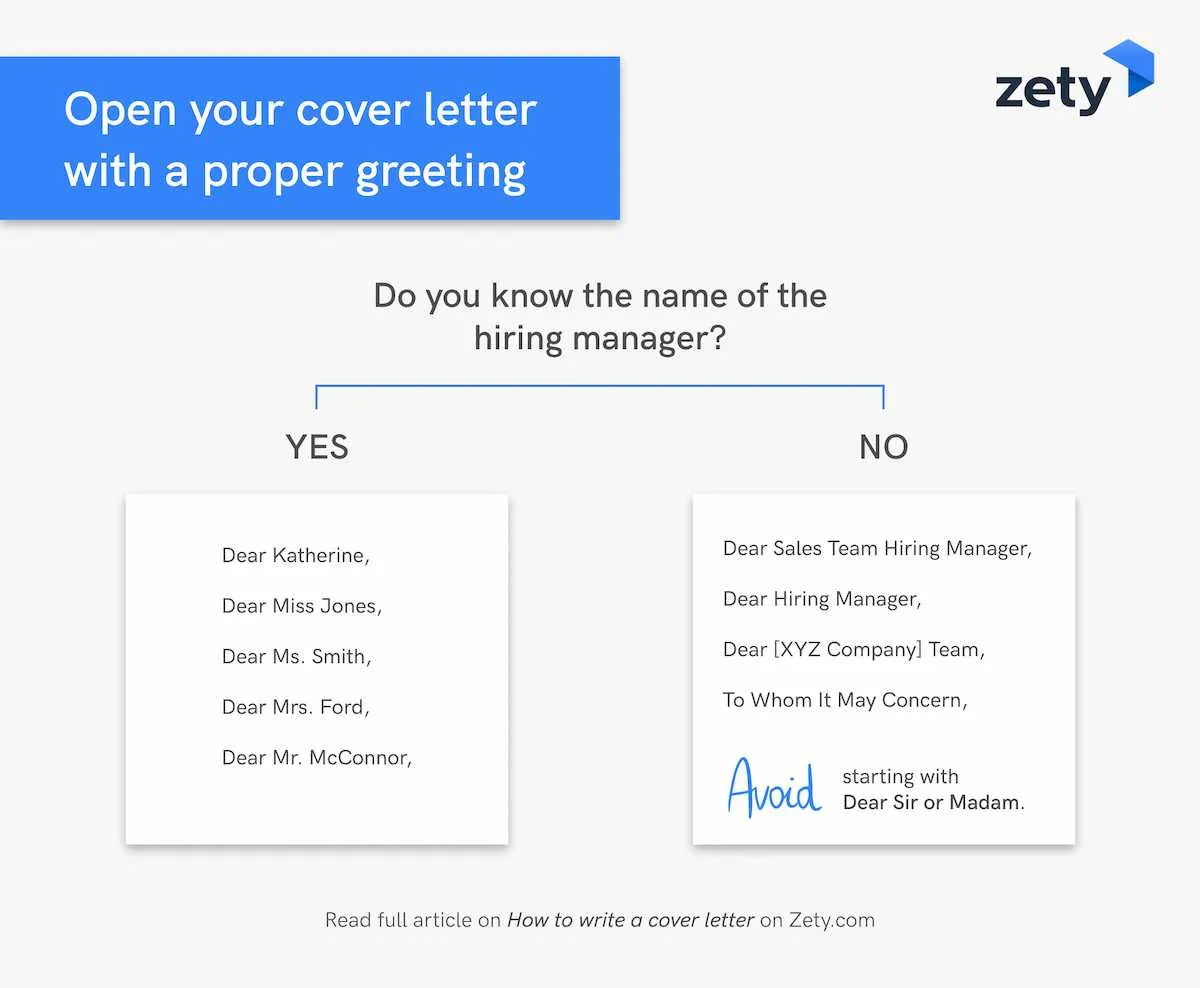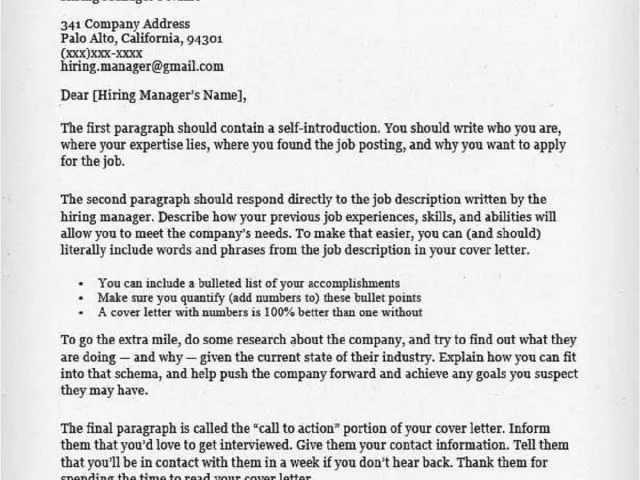Why Write a Cover Letter to Someone You Know
Writing a cover letter to someone you know might seem unnecessary, but it can significantly boost your chances of landing a job. Even if you have a personal connection, a cover letter demonstrates your professionalism and genuine interest in the position. It allows you to formally introduce yourself, showcase your skills and experiences, and express your enthusiasm for the opportunity. A well-crafted cover letter provides context to your application, highlighting why you’re a suitable candidate and how your connection can benefit the company. In addition, a cover letter allows you to address the hiring manager directly and show that you’ve put effort into the application process.
Benefits of Writing a Cover Letter
The advantages of including a cover letter are numerous, regardless of your familiarity with the person you’re addressing. A cover letter offers you the chance to provide a personalized introduction, which is a chance to express your unique personality. It allows you to tailor your application to the particular role and business. It can explain gaps in your work history or elaborate on your key skills in more detail than a resume allows. Your cover letter can express your enthusiasm for the position and show how your values match those of the organization. By making your application stand out, you can increase your chances of getting an interview and making a positive impression on the hiring manager. Think of it as your personal introduction!
How to Format Your Cover Letter

Adhering to a professional format is crucial for cover letters. Start with your contact information, followed by the date, and the recipient’s details. The layout should be single-spaced with a standard font like Times New Roman or Arial. Use a readable font size, such as 11 or 12 points. Each paragraph should be separated with a line and the text should be left-aligned. If you are sending the letter digitally, be sure your cover letter is saved as a PDF to ensure the formatting does not change. Keeping a clear and professional format will make your cover letter easy to read and show that you pay attention to detail.
Use a Proper Salutation
Even though you know the person, it’s essential to maintain a professional tone. Start your letter with a formal greeting, such as “Dear [Mr./Ms./Mx. Last Name],” or “Dear [First Name] [Last Name],” especially if you have a more formal relationship with the person. If you have a friendly, established relationship, you can opt for “Dear [First Name],” but always maintain a level of professionalism. Avoid overly casual greetings like “Hey” or “Hi”. Getting the salutation right sets a positive tone and shows respect for their professional standing and position.
Clearly State Your Intent
In the opening paragraph, clearly state the purpose of your letter and the specific position you’re applying for. Mention where you saw the job posting (e.g., company website, LinkedIn) or how you learned about the opportunity. If you’re being referred by the person you’re addressing, mention their name early on to highlight your connection. This immediately tells the reader why you’re writing and what you’re hoping to achieve. This clarity is essential for grabbing the reader’s attention right away and setting the stage for the rest of your cover letter.
Highlight Your Connection

Mentioning your relationship can be a plus if you know the person well. Briefly explain how you know them, emphasizing the professional context if the connection is relevant to the job. This could be something like “I had the pleasure of working with you at [Previous Company]” or “I met you at [Networking Event] and was impressed by your work at [Company].” Highlighting your connection provides context, reinforces your motivation, and gives the hiring manager a reason to review your application with a bit more interest. Be sure to keep this part brief and professional; the focus should still be on your qualifications.
Showcase Relevant Skills and Experience
In the body of your cover letter, highlight the skills and experiences that are most relevant to the job description. Use specific examples to illustrate how your qualifications meet the needs of the role. Tailor your examples to the specific requirements of the job, ensuring that you demonstrate how you’ve achieved results in previous roles and how you would succeed in this new position. Quantify your achievements whenever possible (e.g., “Increased sales by 15%” or “Managed a team of 10 people”). Using this approach can impress the reader about your ability to perform and be a valuable asset for the company.
Tailor Your Letter
Avoid sending a generic cover letter. Customize each letter to match the specific job and company. Research the company’s values, mission, and recent projects to demonstrate that you understand their business and goals. Reference specific aspects of the job description and explain how your skills and experiences align with the requirements. Show your genuine interest in the role and the company, which is a must for a successful application. By taking the time to customize your letter, you’ll show the hiring manager that you’re serious about the opportunity and increase your chances of making a positive impression.
Express Enthusiasm and Gratitude

Conclude your cover letter by reiterating your enthusiasm for the position and expressing your gratitude for the person’s time and consideration. Thank them for their help or guidance. If you are being referred by someone, mention your appreciation for their help. Close with a call to action, indicating your desire for an interview and how you will follow up. A positive and polite ending leaves a lasting impression and reinforces your commitment to the opportunity. Consider it a friendly way to close the deal.
Proofread and Edit Your Letter
Before submitting your cover letter, proofread it carefully for any grammatical errors or typos. Use a spell-checker and grammar checker, but don’t rely on them entirely; it is also smart to read your letter aloud to make sure it flows well. Consider having a friend or family member review your letter for clarity and accuracy. A polished, error-free cover letter shows that you pay attention to detail, a critical professional trait. Also, ensure your contact information is up to date and correct. Taking the time to check for mistakes demonstrates your professionalism and helps you make the best possible first impression.
Tips for a Successful Cover Letter
- Keep it concise: Aim for one page.
- Use action verbs: Start sentences with strong, dynamic words.
- Highlight accomplishments: Focus on results and impact.
- Match the tone: Align with the company culture.
- Follow up: Send a thank-you note after the interview.
